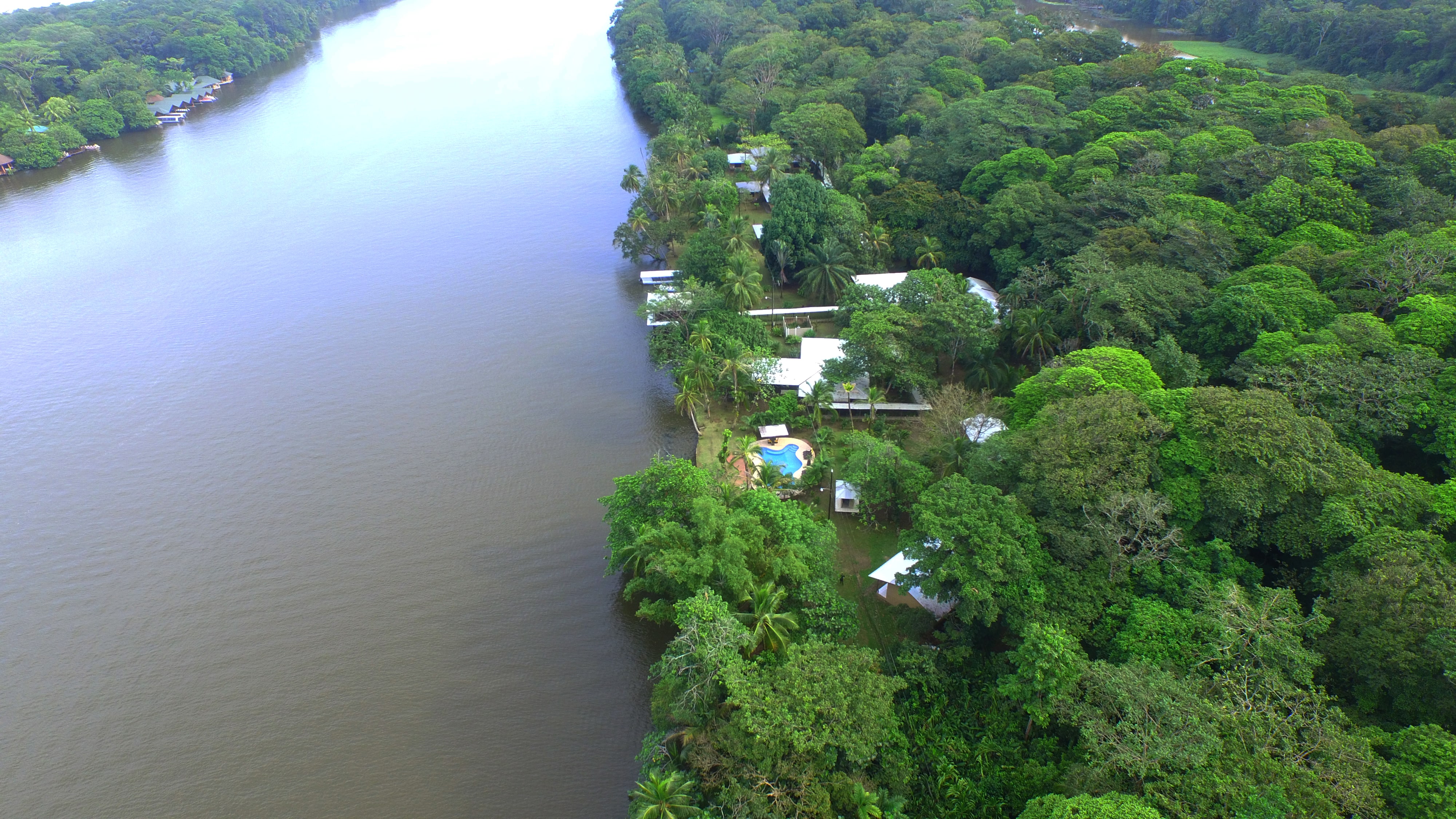[:es]El Parque Nacional Tortuguero se encuentra en el Caribe, un destino exótico de la provincia de Limón. Este destino natural cuenta con un área de 18.946,9 hectáreas en la parte terrestre y 52.265 en la parte marina.
Fue creado para proteger la flora y la fauna de esta región, así como para propiciar investigaciones, estudios científicos, fomentar la educación ambiental y disfrutar la naturaleza a través del turismo ecológico.
Tipos de bosque que componen Tortuguero
En Tortuguero existen tres zonas de vida: Bosque tropical muy húmedo, Bosque premontano húmedo y el Bosque tropical húmedo.
Incluye ocho tipos de asociaciones mayores (árboles, arbustos y hiervas) y tres asociaciones menores (hiervas en su mayor parte).
La vegetación litoral, con predominio de gramíneas, el bosque húmedo con abundancia de estratos verticales, sotobosque denso y variado caracterizado por helechos, la palma blanca y varias especies de anonáceas; bosques sobre lomas, los yolillales, constituidos principalmente por la palma yolillo y localizados en el sector central del parque, pantanos herbáceos formados por plantas herbáceas de hasta 2 metros de altura y comunidades herbáceas sobre lagunas con vegetación flotante como la choreja o lirio de agua; son algunas de las asociaciones vegetales más sobresalientes del Parque Nacional Tortuguero.
Las especies de flora más características son: el cedro macho, el gavilán, el pilón, el javillo negro, la fruta dorada, el manú, el maría, el alcanfor, el canfín, el cativo, la palma yolillo, la palma suita, la palma real y la choreja o lirio de agua. La choreja forma a veces masas tan compactas que pueden impedir la navegación
Una vegetación exótica y exuberante
Así de paradisiaco y exuberante es Tortuguero, una red de increíbles canales navegables, considerada una de las regiones más ricas en flora y fauna de Costa Rica, con la variedad biológica más grande ideal para hacer turismo ecológico.
Once hábitats han sido identificados, así como 2200 especies de plantas y 400 especies de árboles.
En definitiva, un paraíso natural que en el Hotel Manatus nos preocupamos por preservar y donde motivamos a nuestros huéspedes para que lo disfruten responsablemente llevándose un extraordinario recuerdo de la naturaleza de Costa Rica.[:en]At the Caribbean, in the province of Limón, you’ll find an exotic destination: The Tortuguero National Park.
This exotic destination embraces a terrestrial area of 18.946,9 hectares and a marine area of 52.265 hectares.
The park was created to protect the flora and fauna of the region, and to propitiate research, scientific studies, promote environmental education and enjoy nature through the practice of ecotourism.
Types of forests that exist in Tortuguero
Tortuguero has three types of forests: very humid tropical forest, humid premontane forest, and humid tropical forest.
It offers eight types of mayor associations (trees, shrubs and herbs) and three minor associations (herbs for the most part).
Some of the most outstanding vegetal associations in the park are: littoral vegetation, especially different types of cereals. Humid forests with abundant vertical stratification; dense underbrush characterized by ferns, white palm trees and diverse annonaceae species; forests on hills, yolillales that are located in the central part of the park, herbaceous swamps with two meter high plants, and herbaceous communities on lagoons with floating vegetation like choreja and water lilies. Some of the most characteristic species of flora are: cedro macho, gavilán, pilón, javillo negro, fruta dorada, manú, maría, alcanfor, canfín, cativo, palma yolillo, palma suita, palma real, choreja and water lilies. The choreja can sometimes grow masses so compact that they can prevent navigation.
Exotic and exuberant vegetation
Tortuguero is an exuberant natural paradise, with incredible canals were you can navigate and find the most varied and beautiful flora and fauna of Costa Rica. It is an ideal place to practice ecological tourism.
Eleven habitats have been identified, besides 2200 species of plants and 400 of trees, plus a wide variety of wild life; definitely a natural paradise that in Manatus Hotel we are determined to preserve. We motivate our guests to enjoy nature in a responsible way, so they can take with them a great memory of Costa Rica’s nature.[:]
